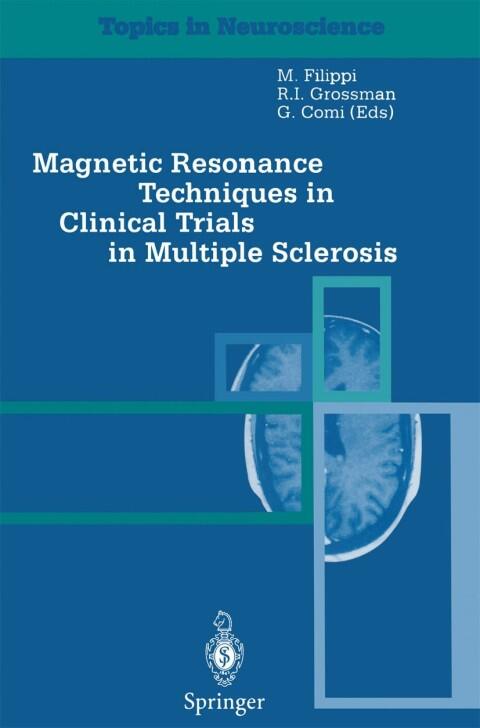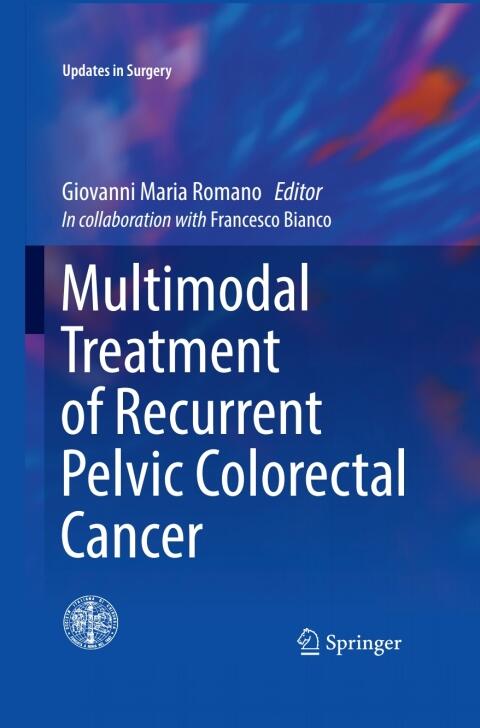
Magnetic Resonance Techniques in Clinical Trials in Multiple Sclerosis
بواسطة
M. Filippi; R.I. Grossmann; G. Comi
لا توجد تقييمات بعد
Health & Wellness
تنسيق
كيندل
صفحات
205
لغة
إيطالي
منشور
Jan 1, 2012
الناشر
Springer
الطبعة
1
رقم ISBN-10
8847021537
رقم ISBN-13
9788847021532
الوصف
The exploration of multiple sclerosis has reached a pivotal point, with advancements in magnetic resonance techniques playing a critical role. This publication delves into the innovative applications of these imaging methodologies within clinical trials, offering relevant insights for researchers and clinicians alike. As multiple sclerosis presents distinct challenges in terms of diagnosis and ongoing management, the integration of sophisticated imaging techniques provides a robust framework for understanding disease progression and treatment effects.
The authors, renowned experts in the field, illuminate the importance of MRI in capturing the complexities of multiple sclerosis. By detailing the latest research findings and experimental applications, they showcase how these tools enhance the precision of clinical assessments and contribute to the development of personalized therapeutic strategies. Their collaborative approach brings forth a spectrum of perspectives that enrich the discourse surrounding effective treatment pathways.
As the landscape of multiple sclerosis research continues to evolve, this work serves as a crucial reference point. It not only fosters an understanding of the current advancements but also inspires future inquiries aimed at improving patient outcomes through the application of cutting-edge magnetic resonance techniques. This exploration encourages a deeper appreciation of the intricate relationship between imaging technology and clinical practice in the realm of neurology.
The authors, renowned experts in the field, illuminate the importance of MRI in capturing the complexities of multiple sclerosis. By detailing the latest research findings and experimental applications, they showcase how these tools enhance the precision of clinical assessments and contribute to the development of personalized therapeutic strategies. Their collaborative approach brings forth a spectrum of perspectives that enrich the discourse surrounding effective treatment pathways.
As the landscape of multiple sclerosis research continues to evolve, this work serves as a crucial reference point. It not only fosters an understanding of the current advancements but also inspires future inquiries aimed at improving patient outcomes through the application of cutting-edge magnetic resonance techniques. This exploration encourages a deeper appreciation of the intricate relationship between imaging technology and clinical practice in the realm of neurology.



















